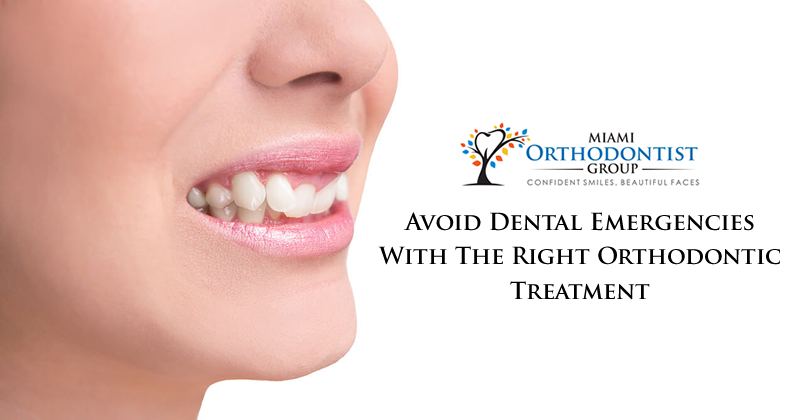Dental emergencies can happen to anyone at any time. It can happen when you are awake, when you are sleeping, when you are doing exercise, when you are taking, and when you are eating. It could cause a lot of pain, discomfort, and bleeding.
Below are some examples of dental emergencies:
-
Tooth Decay/Cavities: A decaying tooth is so painful that many people say it is one of the most painful feelings the body could pass through.
-
Detached or Knocked-out tooth
-
Cracked tooth
-
Jaw pain
-
Tooth Aches
-
Teeth or Gum bleeding
The dental emergencies above could happen easily if the teeth and jaw are not positioned properly. Crooked teeth cause extra stress when biting and chewing, and most importantly, it hinders effective teeth brushing because crooked teeth make it hard to clean all sides of the teeth. When the teeth are not well cleaned, tooth decay and tooth infections will eventually set in.
Most teeth emergencies can be prevented by regular brushing of teeth, but orthodontics treatments could make the prevention more certain, especially if you think your teeth don’t look the way they should look.
Orthodontic is a way of moving the teeth to improve their appearance and how they work. It involves the use of devices such as wires, braces, brackets, plates, retainers, headgear, and aligners.
People get orthodontic treatment to boost their self-esteem or to improve the appearance of their teeth and many people think that is all the treatment is about. In addition to improving facial look, orthodontic treatments help to improve speech, biting and chewing, and they help prevent dental emergencies.
What are the different orthodontic treatments or devices that can help you avoid dental emergencies?
-
Braces:
Brace fixing is the most common orthodontic treatment. Braces are fixed appliances that consist of bands, wires or brackets. They are used to align and straighten the teeth, fix teeth gap, and help position the teeth with regard to a person’s bite. They can correct crowded teeth, overbites, under bites, open bites, reverse bite, cross bites, crooked teeth, and deep bites. In other words, they are used to correct flaws of the teeth and jaw. Treatment ranges from 18 to 24 months depending on the severity of the problem. Visiting and an orthodontist to fix braces is a right step towards the prevention of dental emergencies.
- Aligners:
These perform similar functions as braces but they are not fixed. This means they can be removed for eating, flossing, drinking and brushing.
- Palatial Expander:
This is used to create more space in the roof of the mouth.
- Jaw Repositioning:
This is done with jaw repositioning appliances placed at the top or lower jaw. These appliances help the jaw close properly.
- Retainers:
They are used to retain the teeth in their new, correct position.
- Teeth Removal:
This is necessary only in rare cases. Teeth removal may be necessary to correct the position of nearby teeth.


